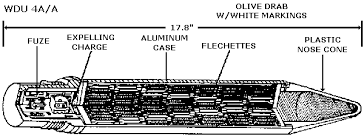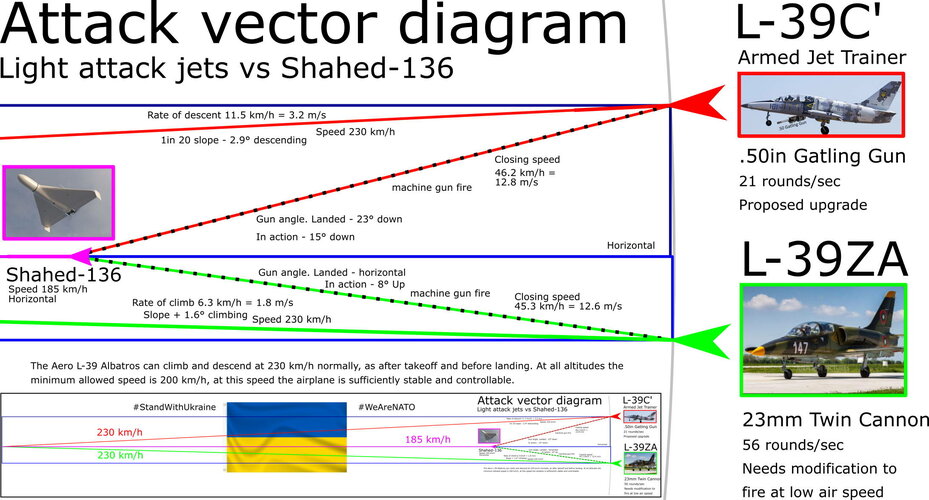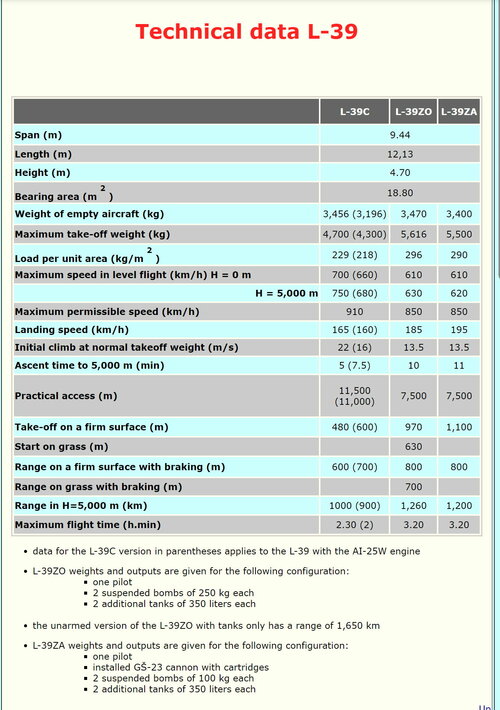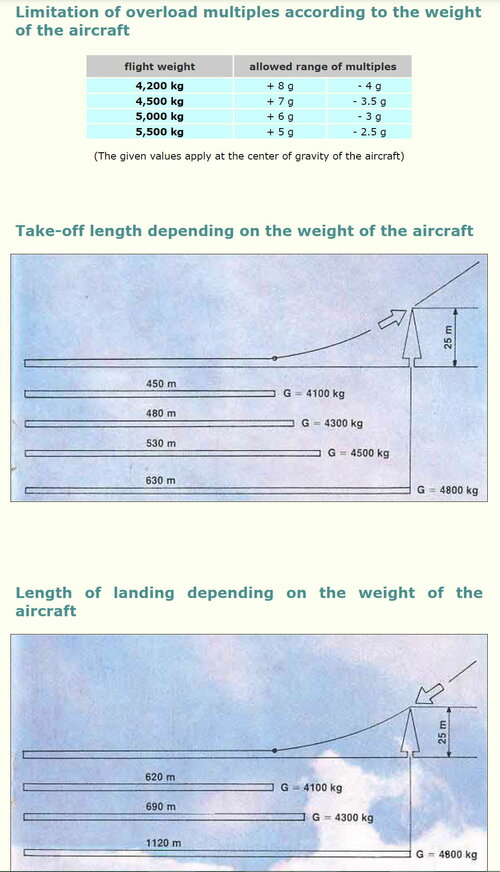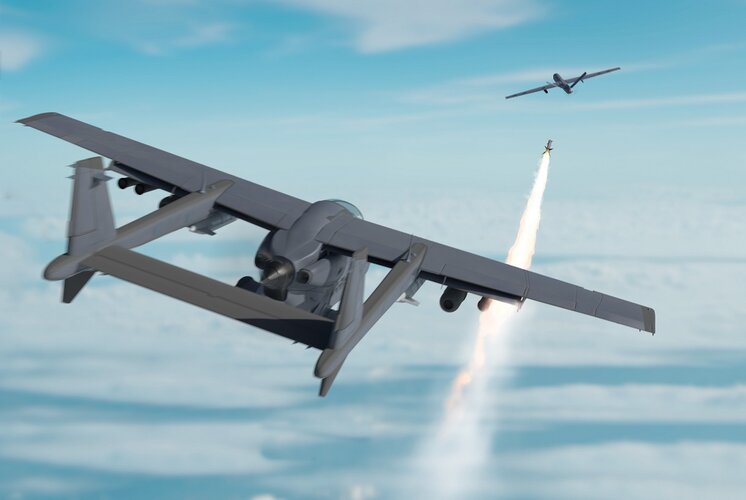Supreme Allied Condista
5-star armchair general
- Joined
- 28 October 2022
- Messages
- 11
- Reaction score
- 4
The Aero L-39 Albatros light attack variant, L-39-ZA, needs a modification so that it can intercept and shoot down swarms of low-cost drones, like the Shahed-136, which flies at 185 km/h, aiming most carefully by flying at the same speed as the drones while firing its 23mm cannon, which it can do because its stall speed with flaps extended is 158 km/h to 163km/h
But -
So if I add custom "muzzle brakes" to the twin gun 23m calibre barrels, ejecting the gunshot fumes downwards, that should solve the risk of fumes being sucked into the air intake, allow the automatic block on firing to be safely disengaged, the L-39-ZA to fly slow and shoot at the same time.


OK, that's the easy part of the design project. What I also want to do is to design an upgrade for L-39 jet trainers to turn them into a ideal, purpose-designed drone hunter-killer aircraft.

The L-39-ZA light attack variant's 23mm cannon only carries 150 rounds limiting the number of drones that can be shot down in one sortie but to increase the number of rounds without increasing the weight of ammunition you'd have to use a smaller calibre machine gun and ammunition.
12.7mm or .50 inch calibre is what most American fighters used in their mostly subsonic dogfights in WW2 so I'm sure that that smaller calibre is plenty powerful enough for range and damage against a slow-flying drone. The 23mm cannon is better for ground strafing but I think it is overkill for shooting down drones. So I'm recommending the .50 Caliber Gatling Gun from General Dynamics, Ordnance and Tactical Systems with 500+ rounds of ammunition and I think I am good for weight.
In this case, to avoid gun fumes being sucked into the jet engine, a muzzle break couldn't be so easily directed to exhaust only downwards because the barrels in a Gatling gun are rotating so the solution I propose is to angle the whole gun downwards at 30 degrees as is routinely done by the SPPU-22 pods, which are used for other aircraft using the same 23mm cannon as is used in the L-39-ZA for the purposes of strafing ground targets.


So then you'd need to attach a camera to the gun-sights & fix the gun at a downward angle of ~30° as per the SPPU-22, with multiple advantages -
 avoids sucking gun fumes into the engine at low speed
avoids sucking gun fumes into the engine at low speed
 firing down makes the drones a bigger target
firing down makes the drones a bigger target
 both L-39 pilots can be gunners
both L-39 pilots can be gunners
OK, well I don't do this kind of thing for a living so if there are any professionals or gifted amateurs out there who want to review my design and offer a few pointers, please do.
Catch up with me on Twitter where I am @SCondista.
L-39 Albatros Pilot Report, by Buck Wyndham, L-39 Instructor PilotWings-level stall speed ranges from 88 to 100 KIAS, depending on flap setting.
L-39 Albatros Trainer / Ground Attack AircraftIts stall speed is 158km/h.
But -
quote from The L-39 website, mostly in Czech, so google-translated into English."Firing is not possible at a speed lower than 350 km/h, in order not to suck exhaust fumes into the engine when firing."
So if I add custom "muzzle brakes" to the twin gun 23m calibre barrels, ejecting the gunshot fumes downwards, that should solve the risk of fumes being sucked into the air intake, allow the automatic block on firing to be safely disengaged, the L-39-ZA to fly slow and shoot at the same time.
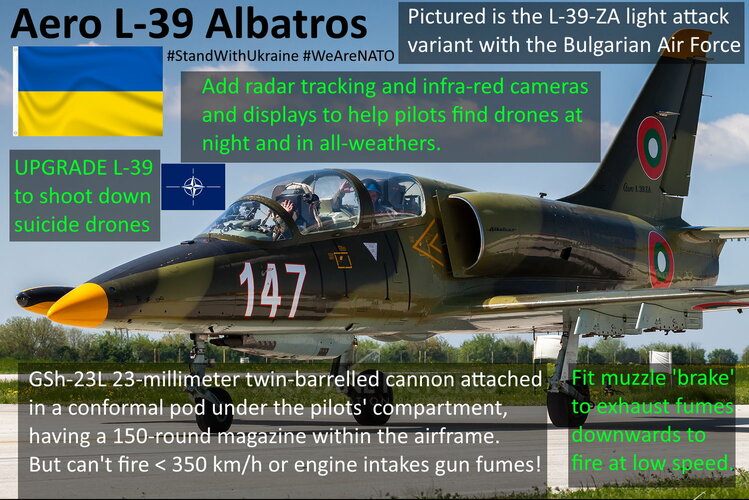
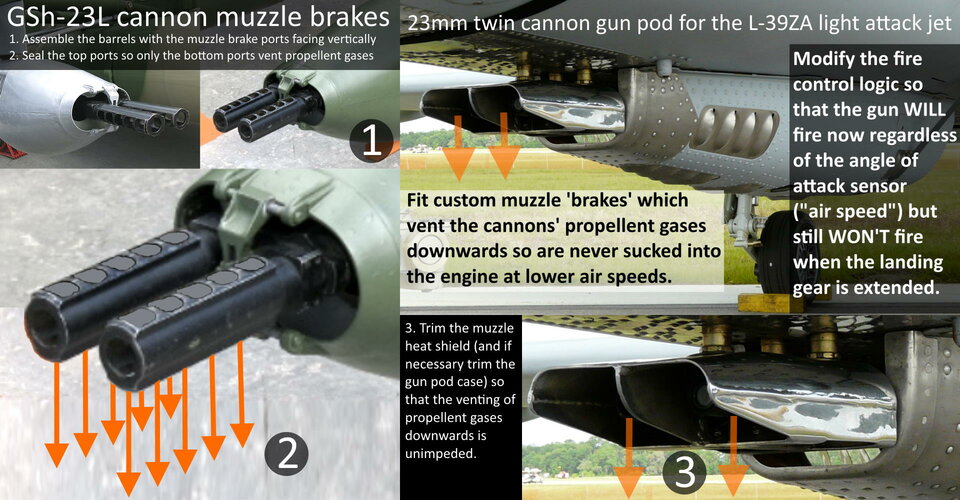
OK, that's the easy part of the design project. What I also want to do is to design an upgrade for L-39 jet trainers to turn them into a ideal, purpose-designed drone hunter-killer aircraft.
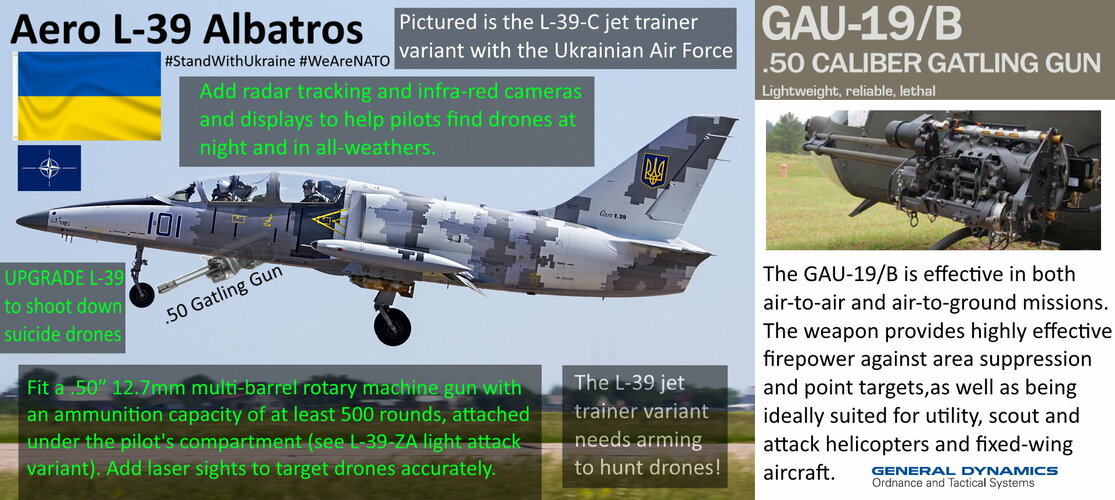
The L-39-ZA light attack variant's 23mm cannon only carries 150 rounds limiting the number of drones that can be shot down in one sortie but to increase the number of rounds without increasing the weight of ammunition you'd have to use a smaller calibre machine gun and ammunition.
12.7mm or .50 inch calibre is what most American fighters used in their mostly subsonic dogfights in WW2 so I'm sure that that smaller calibre is plenty powerful enough for range and damage against a slow-flying drone. The 23mm cannon is better for ground strafing but I think it is overkill for shooting down drones. So I'm recommending the .50 Caliber Gatling Gun from General Dynamics, Ordnance and Tactical Systems with 500+ rounds of ammunition and I think I am good for weight.
In this case, to avoid gun fumes being sucked into the jet engine, a muzzle break couldn't be so easily directed to exhaust only downwards because the barrels in a Gatling gun are rotating so the solution I propose is to angle the whole gun downwards at 30 degrees as is routinely done by the SPPU-22 pods, which are used for other aircraft using the same 23mm cannon as is used in the L-39-ZA for the purposes of strafing ground targets.
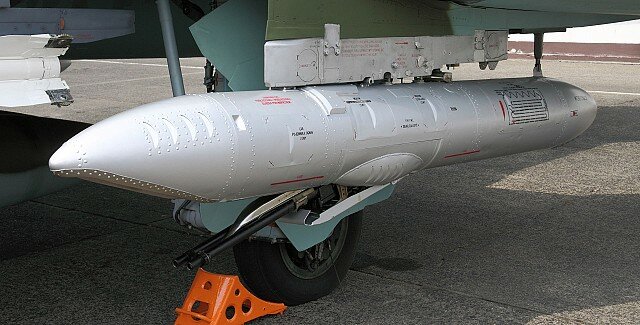
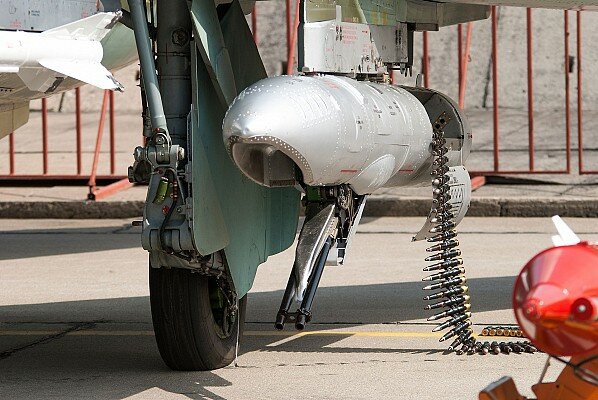
So then you'd need to attach a camera to the gun-sights & fix the gun at a downward angle of ~30° as per the SPPU-22, with multiple advantages -
OK, well I don't do this kind of thing for a living so if there are any professionals or gifted amateurs out there who want to review my design and offer a few pointers, please do.
Catch up with me on Twitter where I am @SCondista.
Last edited:

